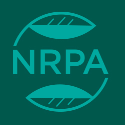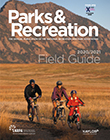
Assigning Value to the Financial, Environmental and Social Benefits of Nature in Urban Greenspaces
- Registration Closed
Cities throughout the country experience competing interests for available parkland and the need to support economic development; so, the benefits of park natural areas often are overlooked. Houston, Texas, specifically, has a rapidly increasing population with various user groups demanding an increase in recreational amenities in parks. In addition, the areas flooding challenges have led other city departments to target existing parkland for the construction of large flood-detention areas. The Houston Parks and Recreation Departments Natural Resources Management Program worked with McMac Cx and Autocase to analyze the triple-bottom-line, cost-benefit analysis of restoring or developing a degraded 50-acre natural-area park through a pilot project meant to inform future development within city parks. Results showed that the restoration case would net more than $2 million in combined financial, social, and environmental benefits compared to the base case and nearly $30 million compared to the recreation case over a 50-year period.
Learning Objectives
Following this session, learners will be able to:
- Assess why full People, Plant, and Profit cost disclosure matters.
- Analyze the monetization of environmental, social, and financial alternative impacts when developing natural areas.
- Assess how a cost-benefit analysis of park projects supports habitat preservation.

Kelli Ondracek
Natural Resources Manager
Houston Parks and Recreation Department

David MacLean
Founder
McMac Cx



Engage With Us